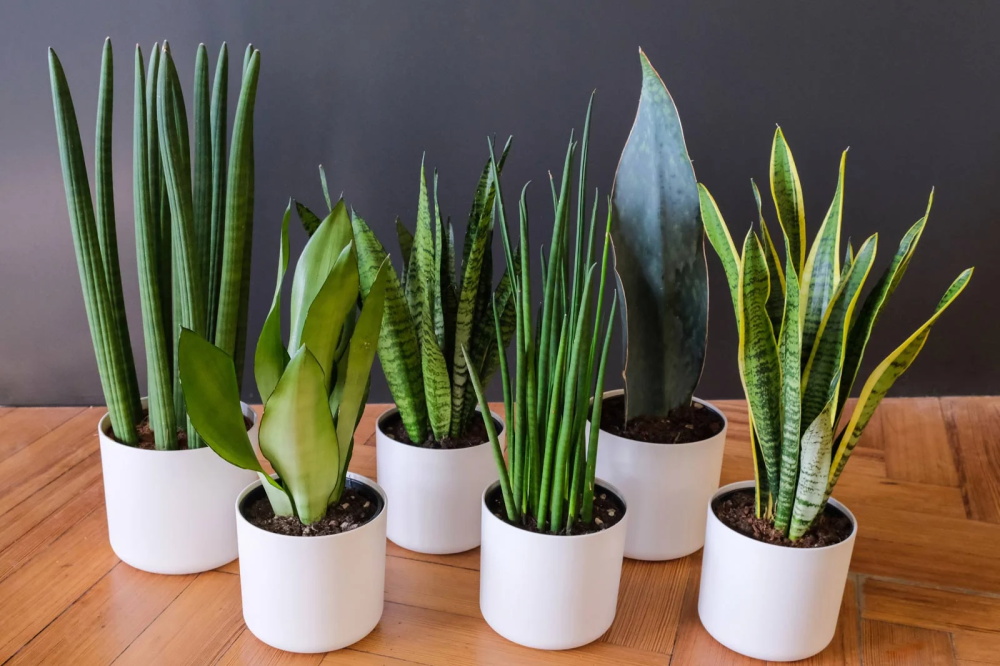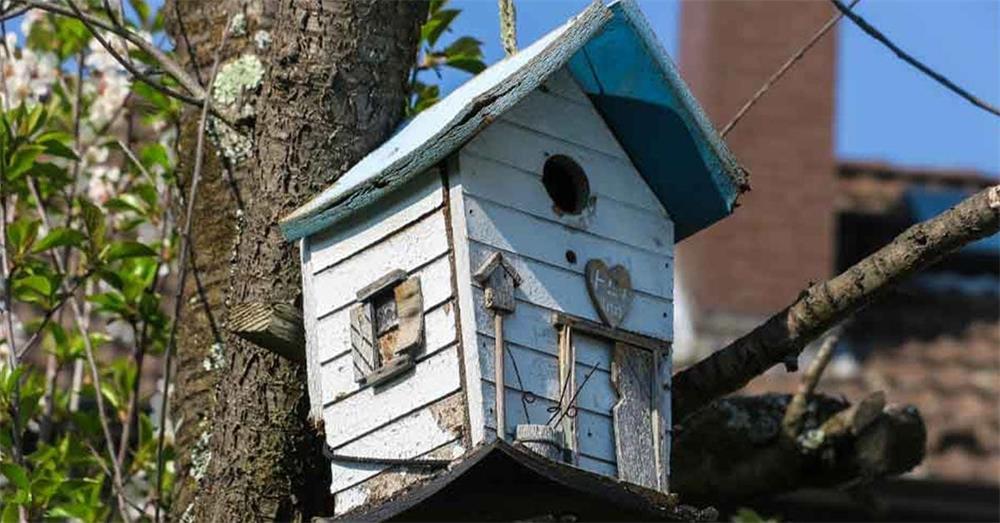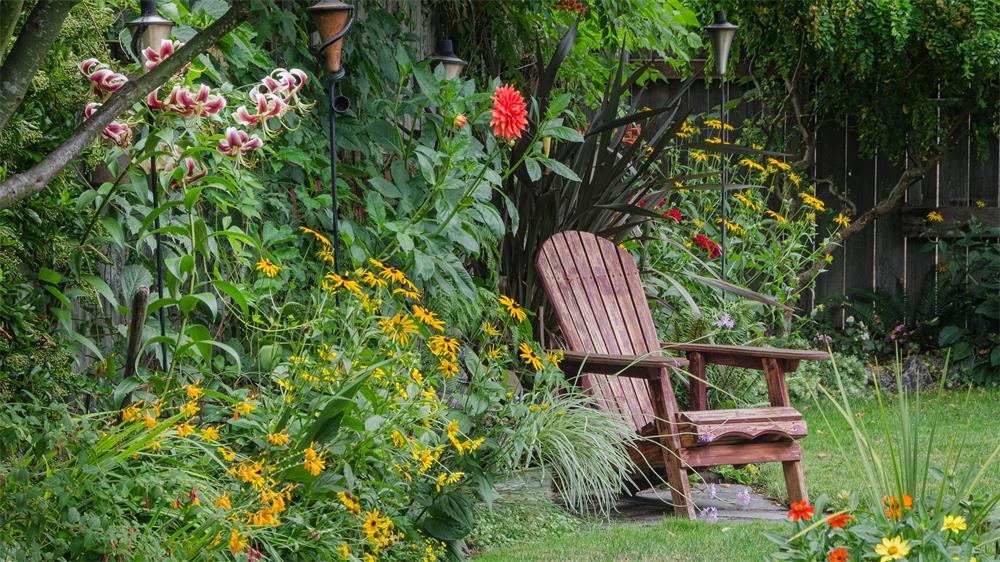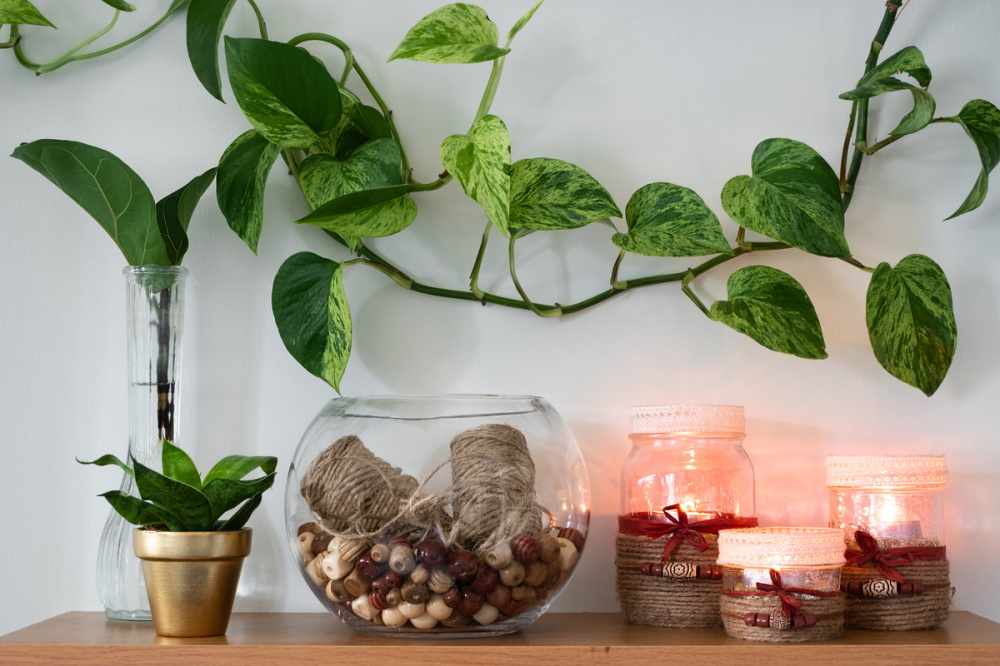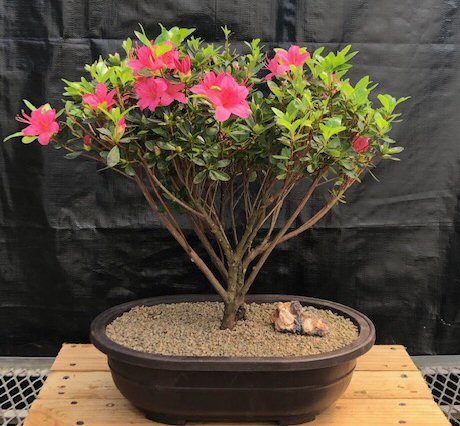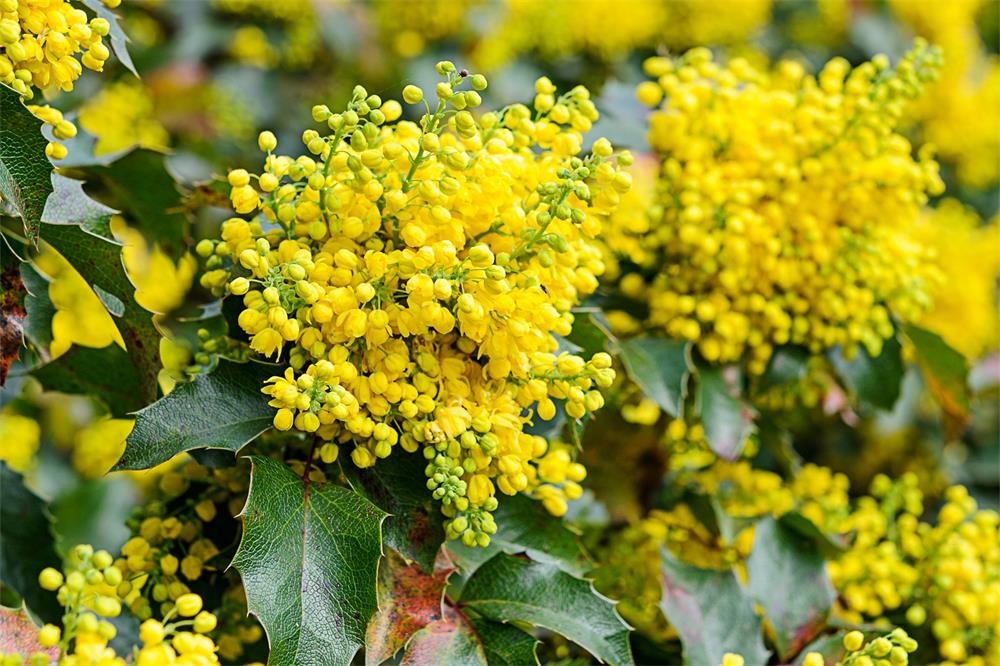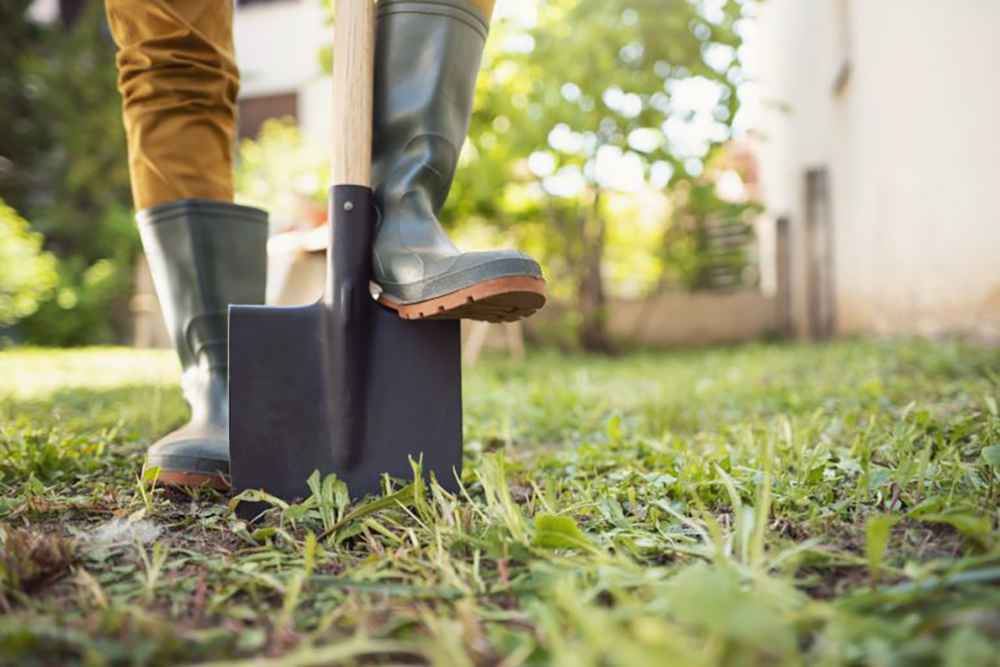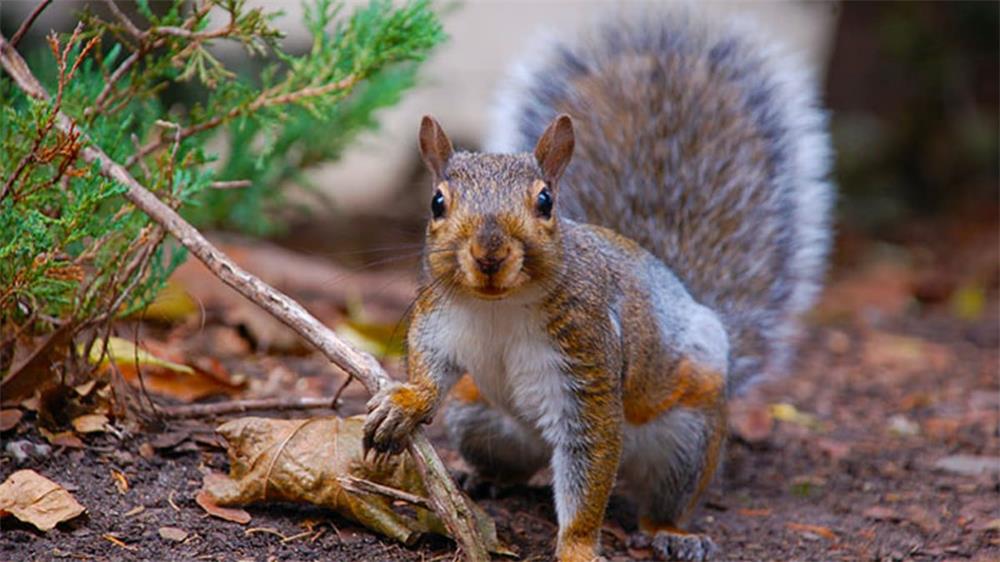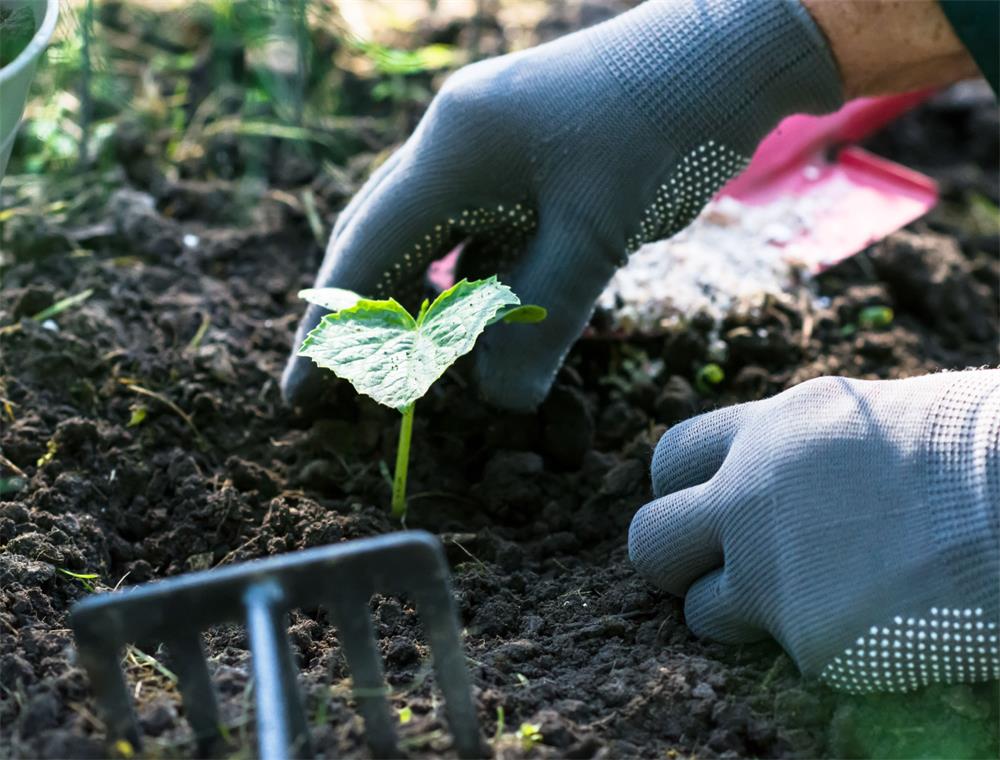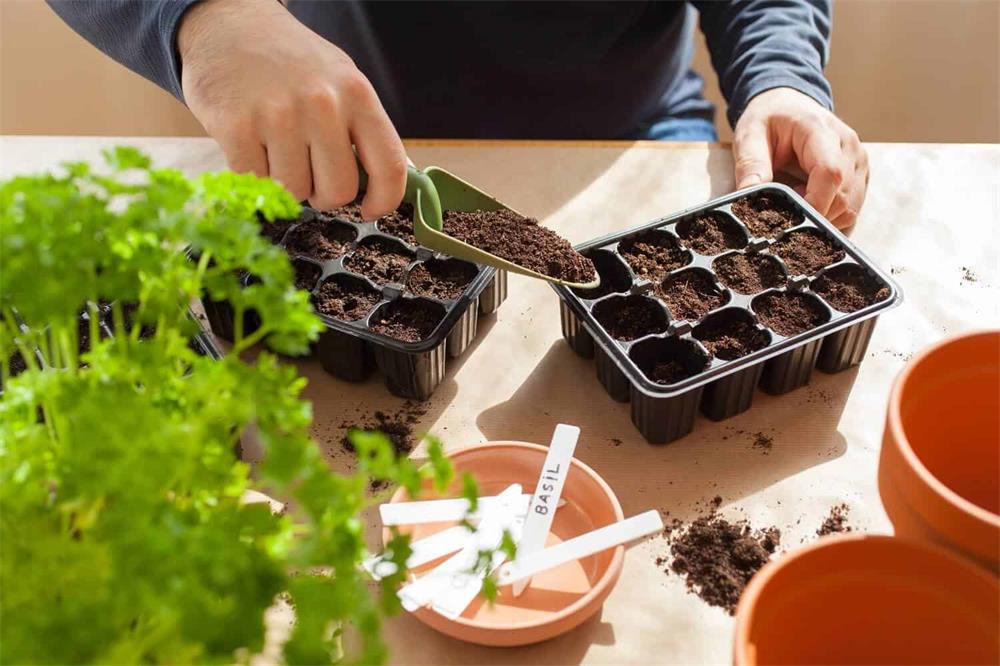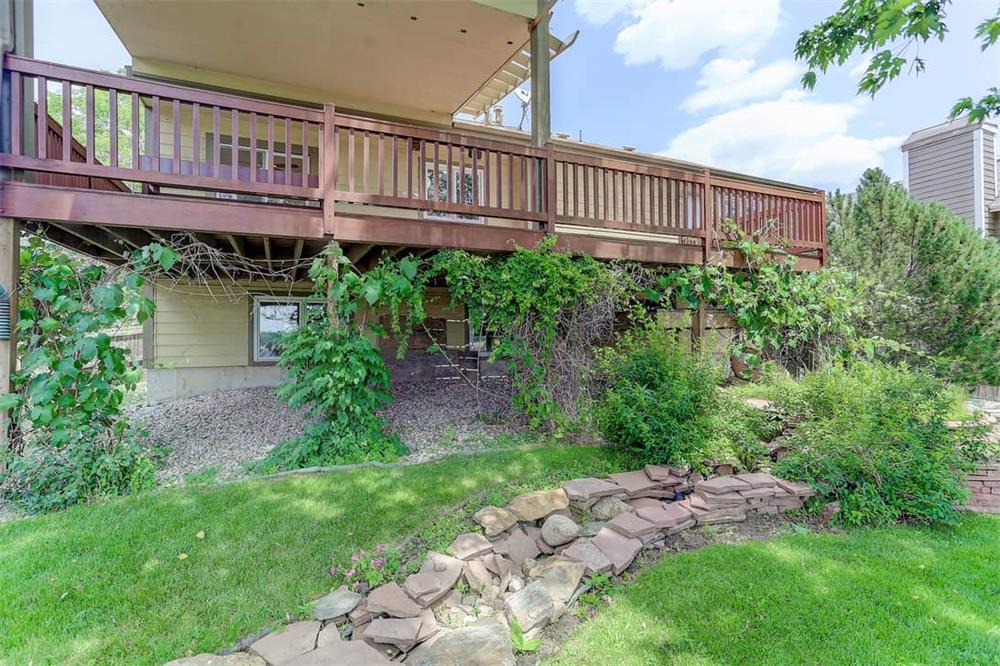
Table of Contents
Mulch is a popular landscaping material that can enhance the appearance of your garden beds, suppress weeds, retain soil moisture, and regulate soil temperature. However, if you apply mulch too close to your house foundation, you may be inviting some unwanted guests: termites.
Termites are wood-eating insects that can cause serious damage to your home’s structure. They live in the soil and tunnel through wood in search of food and moisture. Mulch, especially organic mulch made from wood or plant materials, can provide both food and moisture for termites, as well as insulation from temperature extremes.
To prevent termites from invading your home, you need to be careful about how you use mulch around your foundation. Here are some tips to help you mulch safely and effectively.
Keep a Mulch-Free Zone Around Your Foundation
One of the best ways to deter termites is to keep a mulch-free zone around your foundation. This will create a barrier between the mulch and the wood of your house, as well as expose any termite activity to sunlight and air.
The recommended width of the mulch-free zone varies depending on the source, but generally ranges from 6 to 12 inches. Some experts suggest leaving a 1-foot-wide swath of ground mulch-free all along your foundation², while others say a 6-inch buffer is sufficient¹. The important thing is to make sure that the mulch does not touch any wooden parts of your house, such as door frames, siding, or window sills.
You can fill the mulch-free zone with gravel, stones, bricks, or other inorganic materials that will not attract termites. These materials will also help with drainage and prevent water from pooling near your foundation.
Limit the Depth of Mulch Outside the Mulch-Free Zone
If you want to use mulch outside the mulch-free zone, you should limit its depth to just a few inches. A thick layer of mulch can create a moist and dark environment that is ideal for termites. It can also allow termites to build tunnels or “mud tubes” over the soil surface and reach your house without being detected.
The recommended depth of mulch varies depending on the source, but generally ranges from 2 to 4 inches. Some experts suggest applying no more than 2 inches of mulch around your house⁵, while others say 4 to 6 inches is acceptable⁴. The important thing is to avoid piling up mulch against your foundation or creating mounds that can trap moisture.
You should also inspect your mulch regularly for signs of termite activity, such as mud tubes, wings, or damaged wood. If you find any evidence of termites, you should contact a professional pest control company immediately.
Choose the Right Type of Mulch
Not all types of mulch are equally attractive to termites. Some types of mulch may be less appealing or less conducive to termite survival than others.
In general, inorganic mulches such as gravel, rocks, rubber, or plastic are safer than organic mulches such as wood chips, bark, pine needles, or straw. Inorganic mulches do not provide food or moisture for termites and do not decompose over time.
However, if you prefer organic mulches for their aesthetic or environmental benefits, you can choose some that are less likely to harbor termites. For example:
- Cedar or cypress mulches have natural oils that may repel termites.
- Melaleuca or eucalyptus mulches are made from invasive plants that have been treated with high heat to kill any pests or pathogens.
- Recycled pallet or construction wood mulches are usually free of termites because they have been processed at high temperatures.
- Hardwood or heartwood mulches are more resistant to decay than softwood or sapwood mulches.
You should avoid using fresh or untreated wood mulches that may contain live termites or fungal spores. You should also avoid using cardboard, newspaper, or other paper-based materials that can easily absorb moisture and attract termites.
Mulching around your house foundation can be beneficial for your plants and soil, but it can also pose a risk for termite infestation. By following these tips, you can use mulch safely and effectively without compromising your home’s security.




